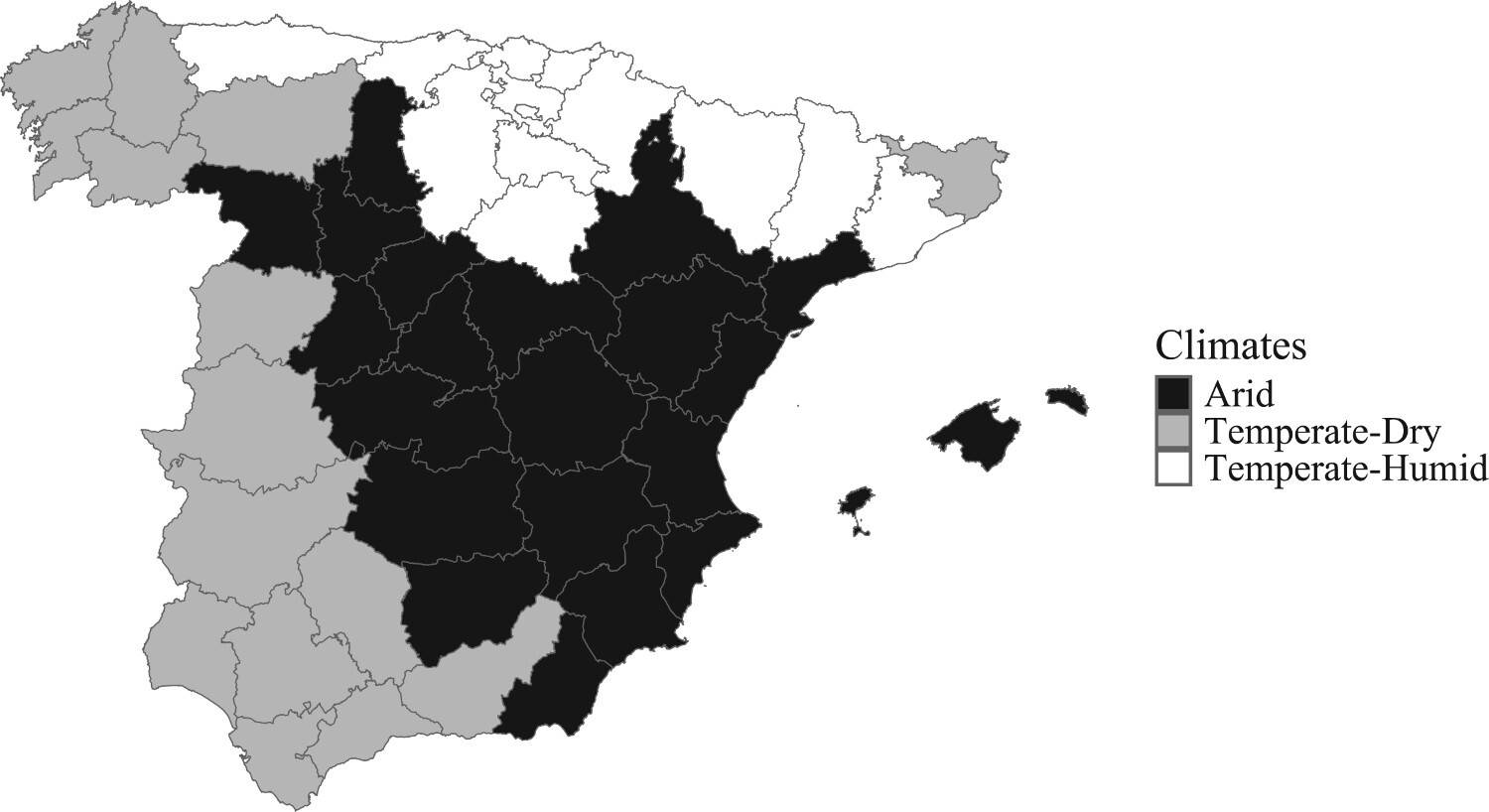A new study published in Population Studies looks at the impact of extreme temperatures on fertility across Spain between 2010 and 2019, covering some of the hottest years since records began.
With one of the lowest total fertility rates in Europe, Spain hosts a range of climates in its territory. This allows researchers to explore the impact of excess heat in different regions of the country on fertility, as well as considering mother’s age, socio-economic status and education level amongst other demographics.
Alongside co-authors at the Max Planck Institute for Demographic Research and the University of Florence, Dr Joshua Wilde observed an overall decline in total fertility rates nine months following exposure to abnormally hot days.
The study suggests that climate change may be altering the seasonal distribution of births and affect fertility rates in Spain which is already experiencing low fertility and rapid population ageing.
Co-author Dr Joshua Wilde, Senior Scientist and Researcher at the Leverhulme Centre for Demographic Science and Demographic Science Unit said, ‘Rising temperatures may pose a further risk to Spain’s already low total fertility rate and rapidly ageing population. With fewer conceptions in summer, we could see a changing seasonal distribution of births in Spain if fertility does not rebound sufficiently following hot spells.’
The study observed a reduction in Spain’s total fertility rate by 0.27%, for each day that was 25°C or hotter. This estimate suggests a decrease of about 92 births across Spain for each day hotter than 25°C.
The effect of days with temperatures above 25°C was about twice as strong in humid areas compared to arid ones, although this difference was not statistically significant. This could be because one population is better adapted to heat, while the other experiences greater temperature fluctuations, as it is typically a colder region.

The authors also found that the effect of heat on fertility does not vary significantly by mother’s age, educational attainment, sex of the newborn, climatic area, or areas with air conditioning.
Whilst the study finds a decline in fertility associated to excess heat, the authors stress the importance of social and economic factors affecting year-to-year changes in the total fertility rate given the small effect sizes calculated.
The full article, ‘Temperature and fertility: Evidence from Spain’, can be found in Population Studies.



